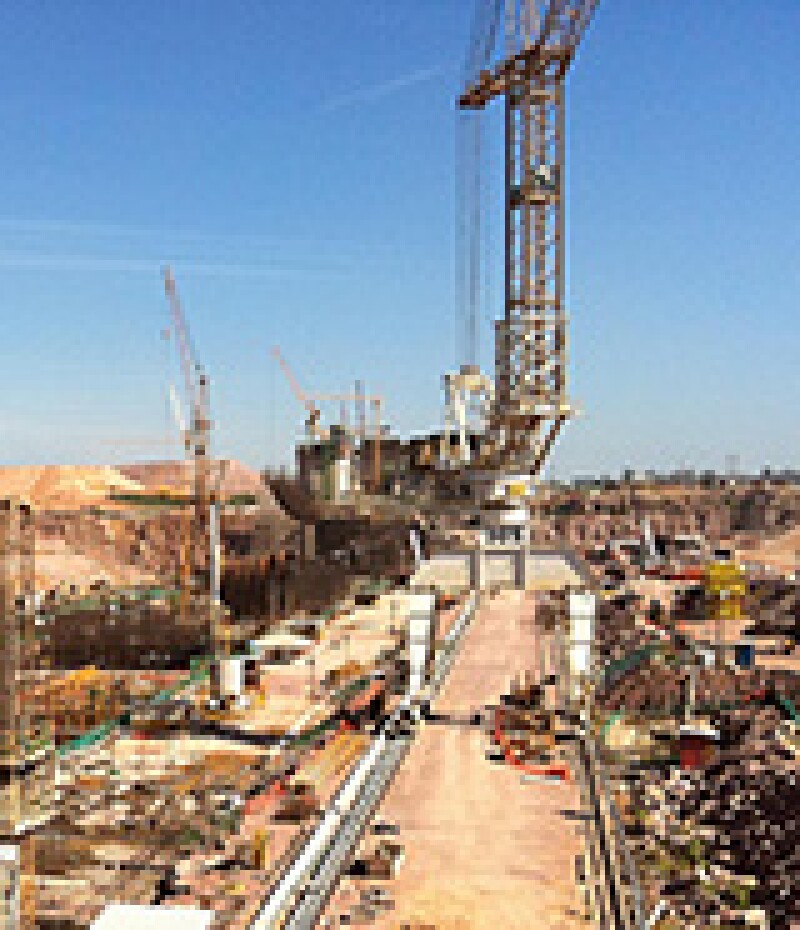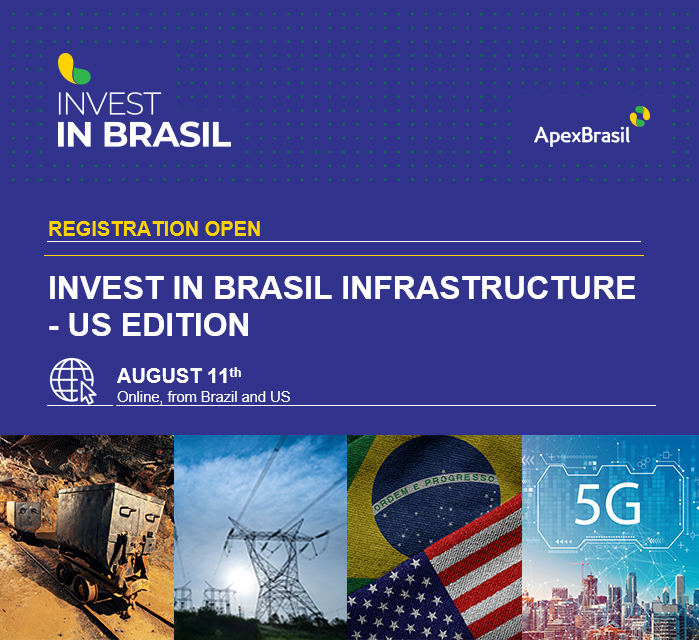With enthusiasm, let’s navigate through the intriguing topic related to IR 2025: Brazil’s Vision for the Future of Infrastructure. Let’s weave interesting information and offer fresh perspectives to the readers.



Brazil, the largest country in South America and a global economic powerhouse, has embarked on an ambitious infrastructure development plan known as IR 2025. This comprehensive strategy aims to transform the country’s infrastructure landscape, fostering economic growth, social inclusion, and environmental sustainability.

IR 2025 envisions a Brazil with modern, efficient, and sustainable infrastructure that meets the needs of its rapidly growing population and supports its long-term economic prosperity. The plan’s key objectives include:

The Brazilian government has allocated significant financial resources to IR 2025. The plan is expected to require investments of approximately $250 billion over the next decade. Funding will come from a combination of public funds, PPPs, and international development agencies.

The implementation of IR 2025 is overseen by the Ministry of Infrastructure, which coordinates with other government agencies, private sector partners, and civil society organizations. A dedicated project management office has been established to monitor progress and ensure timely execution.

Since its launch in 2015, IR 2025 has made significant progress in modernizing Brazil’s infrastructure. Key accomplishments include:

IR 2025 is a bold and ambitious vision for the future of Brazil’s infrastructure. By embracing PPPs, technology, and sustainability, the plan aims to transform the country’s infrastructure landscape, fostering economic growth, social inclusion, and environmental protection. While challenges remain, the implementation of IR 2025 has the potential to unlock Brazil’s full potential and secure its place as a global economic leader.










Thus, we hope this article has provided valuable insights into IR 2025: Brazil’s Vision for the Future of Infrastructure. We appreciate your attention to our article. See you in our next article!